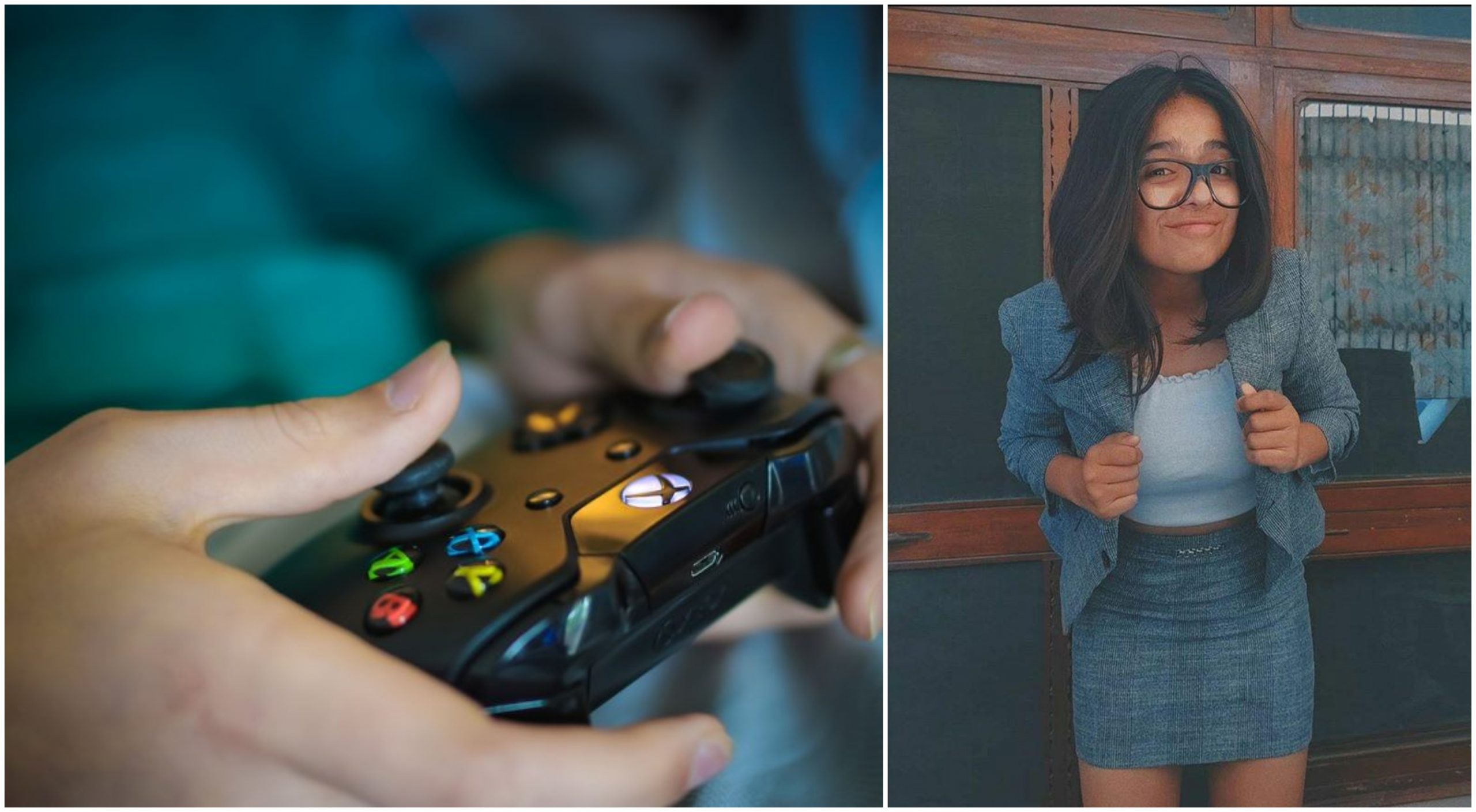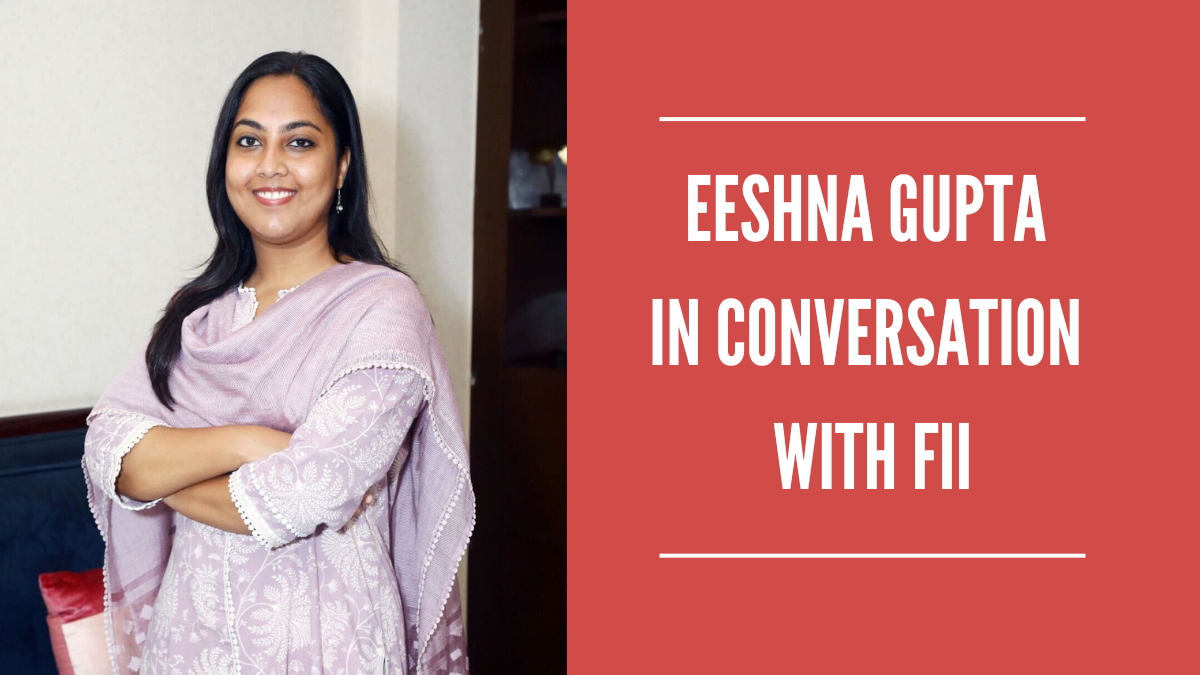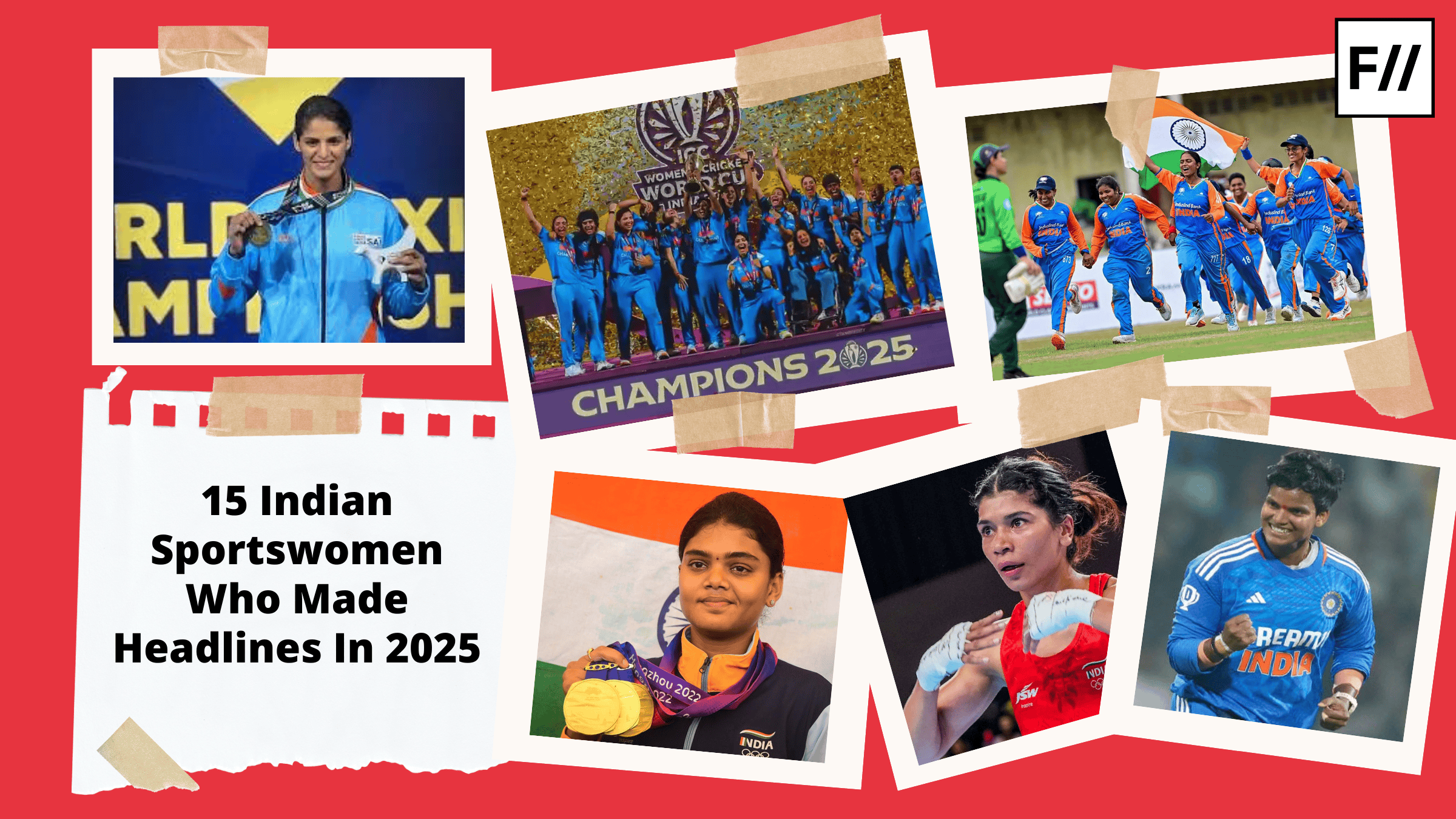Video games have been traditionally considered a male dominated field. However, in recent years there has been a spurt in female players and also players from gender non-conforming backgrounds. How has this revolutionised the gaming scene, is still a question up for debates. For games continue to largely remain gendered in terms of representation and also who plays them. The ideas of femininity and masculinity built around video games not only pose challenges to breaking traditional barriers but also institutionalise specific roles for gender groups that further reinforce stereotypes.
Sanya Khatri is one of the Indian female players who has taken the internet by storm with her amazing gaming skills and is one of the leading PUBG players in India. In conversation with the 18-year-old player, we come to know of the challenges that she faced, the rampant cyber-bullying that continues unabated and how she has overcome all the obstacles to become one of the most prominent players in E-Sports in India.

Sanya Khatri is one of the Indian female players who has taken the internet by storm with her amazing gaming skills and is one of the leading PUBG players in India. In conversation with the 18-year-old player, we come to know of the challenges that she faced, the rampant cyber-bullying that continues unabated and how she has overcome all the obstacles to become one of the most prominent players in E-Sports in India.
Was there an ‘aha moment’ or any specific game that caught your attention and made you decide that you really wanted to plunge into the world of video games?
Sanya Khatri: I remember playing a game called Burnout Paradise which was a racing game and I somehow ended up procuring all the collectibles that I had no idea about. That left my cousins and friends stunned. And I realised I was actually better at this, than most of them. That was kind of like a Eureka moment for me, when I decided to actually plunge into the world of video games.
When did you professionally start gaming?
Sanya Khatri: I’ve been in the gaming scene for a while now. Although I professionally entered E-sports just a year ago.
What obstacles did you face when you first started in this field? I learnt that it could get very hectic being in E-sports.
Sanya Khatri: In terms of challenges, first I’d have to say, parents. My parents weren’t very supportive of me starting as a gamer. Apparently, I had a cousin who failed his twelfth grade because of gaming. So, my parents’ fears were not altogether unfounded I suppose.
In the gaming field, it was really tough to get through in the beginning for obvious reasons. It’s largely a male dominated sector. There are a lot of inspiring women in E-sports. However, unlike male players whose ranks are determined along a continuum in terms of how good they play, women are placed at two extremes. So, either there are those who are extremely good or the ones who people have no idea about. There is no in between for female players. All the gaps are filled by men and men only.
It’s largely a male dominated sector. There are a lot of inspiring women in E-sports. However, unlike male players whose ranks are determined along a continuum in terms of how good they play, women are placed at two extremes. So, either there are those who are extremely good or the ones who people have no idea about. There is no in between for female players. All the gaps are filled by men and men only.
How, would you say gaming really makes you feel? Would you say there’s a lot of pressure to meet certain standards?
Sanya Khatri: Gaming has been very therapeutic for me. Initially I started gaming for this very reason, that shooting or killing someone in the game would be cathartic for me. However, once I became professionally involved, it kept getting more intense.
There are people continuously trying to bring you down because they are threatened. I’ve had major breakdowns because it became so intense. But I overcome all the hurdles. At the end, all that matters is that I love doing this and I’m good at it, so I won’t let anything distract me from my real purpose, which is to grow, relax and enjoy.

You’re one of the few but very prominent faces among the women in E-sports in India. How difficult would you say it is for women to enter into E-sports considering it’s also a growing industry with a huge market in India?
Sanya Khatri: In my opinion, it is not very difficult. Unlike other forms of sports, E-sports do not require any muscular power or strength. It requires engagement and patience. There are always people who will try to bring you down, no matter if you’re a boy or a girl.
In reference to what you had said earlier about a huge gap existing between male and female players, why do you think unlike men, there are no women occupying a middle ground in the field? What do you think delimits them from climbing upwards once they enter E-sports?
Sanya Khatri: I often come across reactions of disbelief from male gamers that express shock at female gamers, like us, playing games that involve shooting and violence. They are unable to process that women can play aggressive games (that do not really require aggression or muscular strength in real life). The very perception of women’s abilities being only limited to nurture and care is still pervasive.
Because a lot of games are violent and violence/aggression is seen typically as a masculine trait (read: toxic masculinity), women in the field are often seen as invading the ‘male space’. Girls get discouraged as a result of this mindset and even though most of them might start, they usually tend to give up midway.
According to the statistics that I saw online, there are around 38-40% women in E-sports overall. There’s also an increase in the number in recent years. You as a gamer, who has both experienced in-game harassment and also may be threats outside the immediate field, do you think a global solidarity is possible to fight this bullying and harassment?
Sanya Khatri: There have been various instances and movements that were initiated to combat this culture of cyberbullying and harassment. But there were also a lot of females within the industry who backlashed. Such a solidarity is extremely important but because of a few loopholes within the gaming scene, it doesn’t really materialise well.
There’s also a fear of going against the organisations that represent these women. The fear of being dismissed from the organisation or gaming scene altogether. Since it’s already hard to climb up, when they do get the opportunity, they’re afraid to go against the systemic harassment which is evident and ever present.
Also read: Is Video Gaming Really Just A ‘Guy’s Thing’?
The gaming industry has been growing at an unprecedented rate and has turned into a lucrative business. Now there are companies pouring in money and Indian players representing teams in the international platform. Do you think the MNCs that are coming in now, would have a role to play in recruiting teams that have people from gender nonconforming groups?
Sanya Khatri: At the beginning of the gaming scene there were a lot of stereotypes that were associated with the games, with regard to the games to be played, the characters in it and also who could play them. However, people have started to speak up against the gender stereotypes that exist including greater inclusivity for LGBTQ groups in games. People did come at me for speaking about it in numerous platforms.
There are more players coming in from different backgrounds. I don’t mean to say it has completely been curbed but there’s more acceptances now in the gaming community than there used to be 2 years ago.
There have been various instances and movements that were initiated to combat this culture of cyberbullying and harassment. But there were also a lot of females within the industry who backlashed. Such a solidarity is extremely important but because of a few loopholes within the gaming scene, it doesn’t really materialise well. There’s also a fear of going against the organisations that represent these women. The fear of being dismissed from the organisation or gaming scene altogether. Since its already hard to climb up, when they do get the opportunity, they’re afraid to go against the systemic harassment that’s evident and ever present.
There are a number of tournaments that have come up that seek to represent all female players teams? What do you feel about this?
Sanya Khatri: Having an all-female team is absolutely not bad at all. However, I feel having an all-female competition in a male dominated community will only lead to more ghettoisation.
What are the challenges that E-sports in general face in terms of expansion or reach, particularly with respect to India, since its an expensive field and one where people often do not have access to resources like a good device or Wi-Fi?
Sanya Khatri: I agree. Diversity is still lacking in terms of representation particularly with respect to caste and class. I think in this respect, mobile gaming is something that has become extremely popular and has helped in terms of accessibility. But there’s still a lack in terms of other resources.
Also read: Indie Video Games, Women Gamers and Feminism
What would be your message to the ones who have just stepped into gaming and wish to further pursue it?
Sanya Khatri: Do it to really climb the ladder. Don’t do it to be a mediocre. But really start with the intention of reaching the top. I didn’t have a good device when I first started playing. However, I went ahead and registered for a tournament and I became the ESL masters league grand tournament finalist. We had three girls and two boys in our team and we led our team to victory and managed to become finalists with our efforts. That’s one of the things I’m very proud of.
The work doesn’t end at increasing character representation in games. Besides creating games with female protagonists, there’s also a need to make changes in terms of how these characters are portrayed. There is a long history of hyper sexualisation which is not only exclusionary for it discourages women to participate, but it caters largest to male players. With changing trends, the gaming industry is also moving towards more inclusive measures of gender representation, but there is still a lot of work to be done.
Gayatri is a Sociology graduate with an interest in art and music. She is an enthusiastic reader especially concerning gender dynamics in mythological stories. She is a cat mom and an occasional photographer often found cafe hopping in Delhi. You can find her on Instagram and her blog.
Pritha has recently finished her Master’s in Women’s Studies from Tata Institute of Social Sciences, Mumbai. Academically, she is keenly interested in issues of reproductive justice, crip theory, and contemporary feminist activism. In her free time, she loves to paint with watercolours and watch art tutorials. You can find her on Facebook, Instagram and Twitter.




